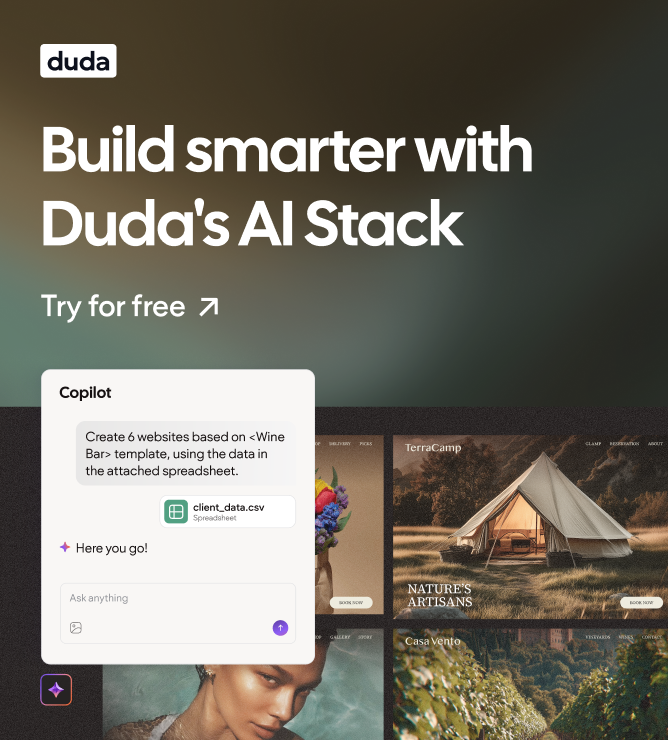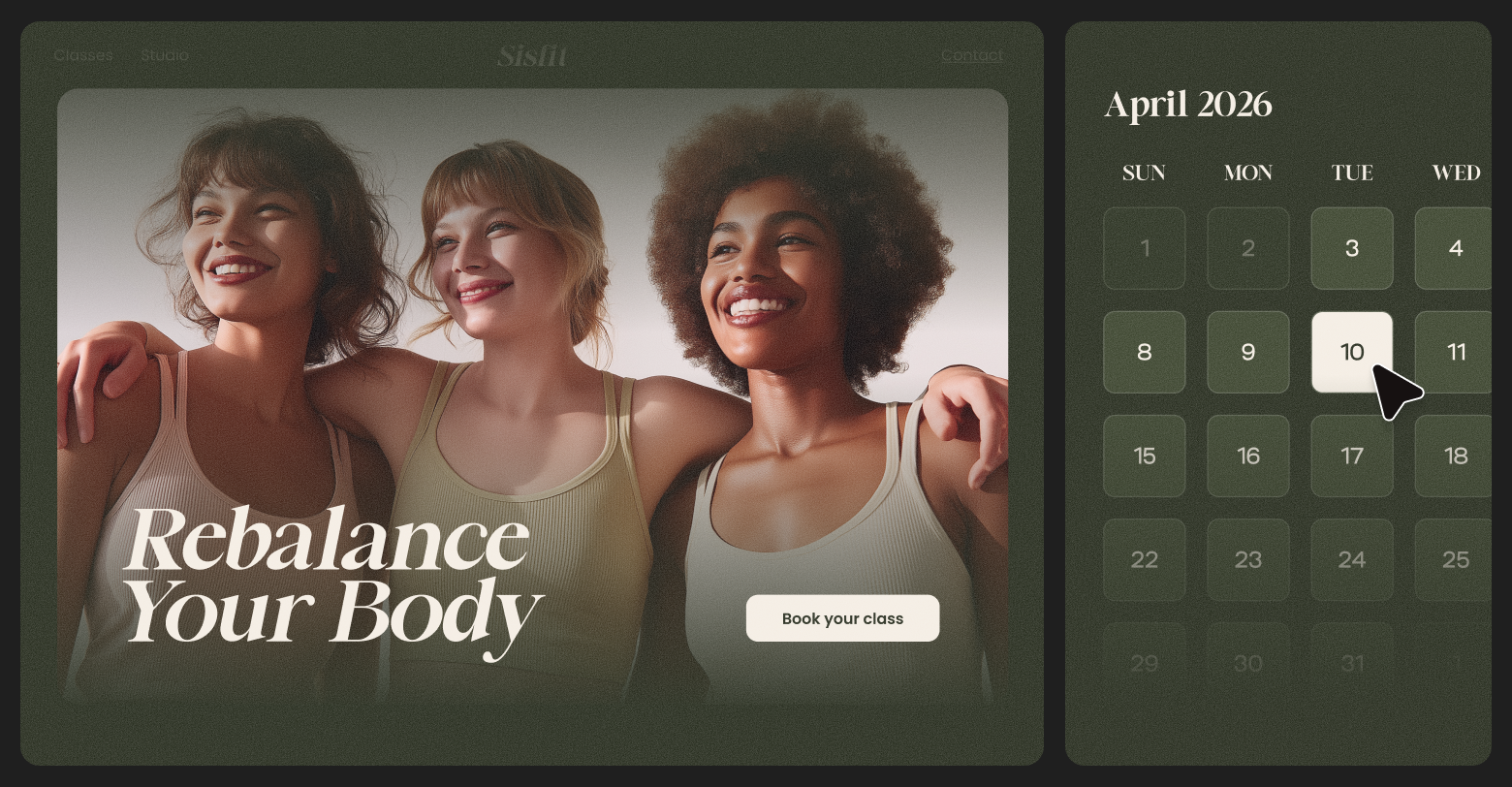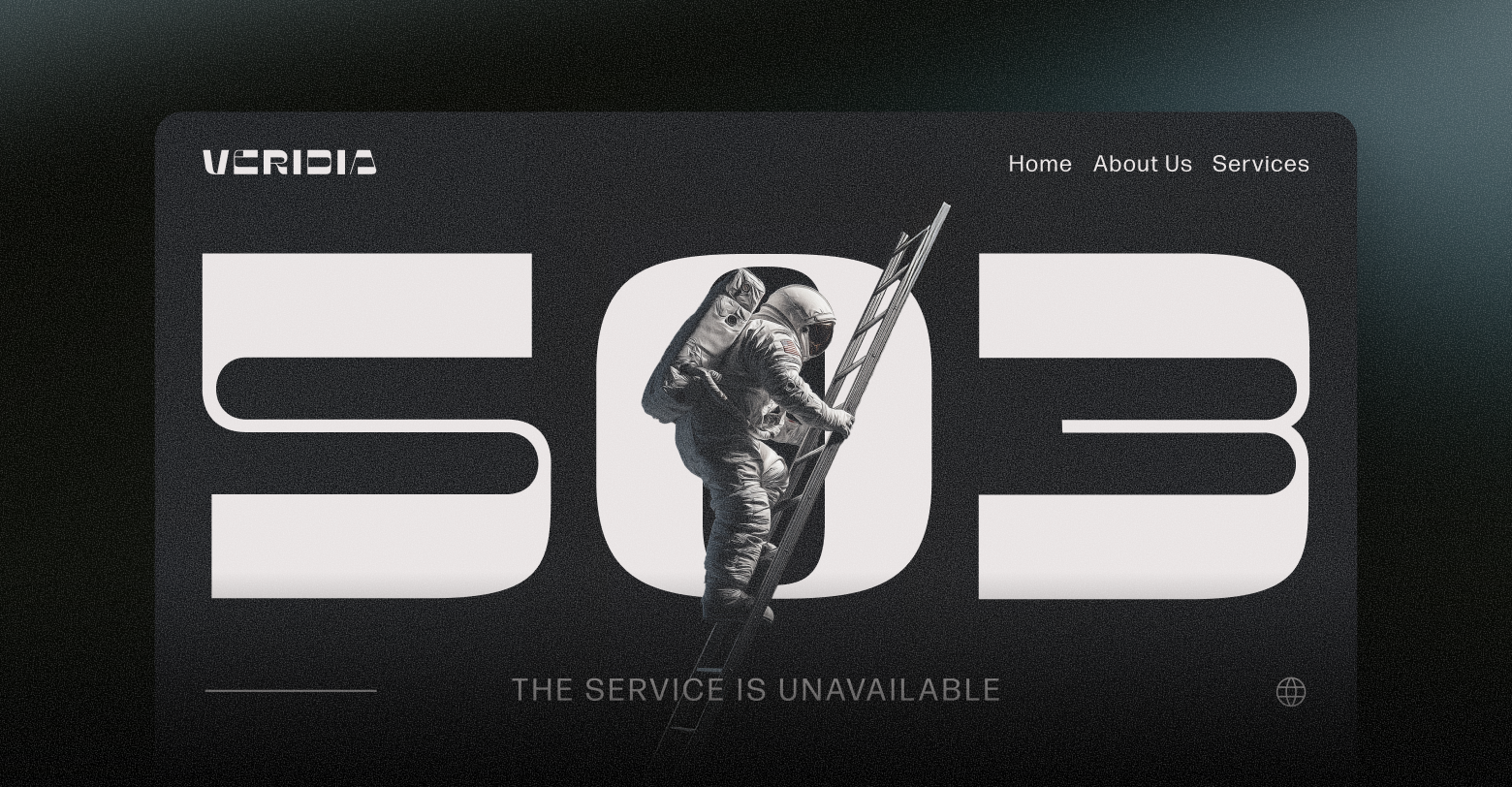You’ve probably noticed something quietly happening in the SaaS world.
Software products that once lived in their own bubbles are suddenly blending into the web itself—becoming part of a user’s daily ecosystem rather than another login screen to remember.
And at the center of this quiet revolution?
Embedded website builders.
These tools are transforming the way SaaS companies attract, engage, and retain users—without forcing them to leave the platform they already love.
What does "building SaaS on top of websites" really mean?
Let’s start simple.
Imagine you run a booking software for fitness studios. Instead of sending customers to an external website to create a landing page or manage their classes, you offer a built-in site builder—right inside your app.
The result?
Your users can design a beautiful, mobile-friendly site, sync their class schedules, and start taking payments—all without ever leaving your product.
That’s building SaaS
on top of websites.
And it’s changing how software companies think about user experience, brand stickiness, and even revenue models.
It’s not just a convenience play. It’s a retention strategy disguised as a feature.
Why SaaS companies are embedding site builders
There’s a reason this approach is catching fire.
- User retention goes through the roof.
Every SaaS founder knows the heartbreak of churn. When customers leave your app to “try something else,” you’ve lost them to distraction—or worse, a competitor.
An embedded website builder locks users in, but in a good way. It gives them everything they need in one ecosystem. Less switching = more loyalty. - The marketing engine becomes organic.
Think about it: when your customers publish websites powered by your SaaS, they’re also publishing your brand to the internet. Each customer website becomes a micro billboard—showing off your logo, your tech, your ecosystem. - Faster onboarding with fewer roadblocks.
Most users don't want to figure out integrations, subdomains, or HTML. An embedded builder reduces friction and lets them see value first. And, in SaaS, the faster users reach their "aha moment," the better your conversion and retention rates. - Monetization opportunities multiply.
Offering site-building as a premium feature—custom domains, analytics, or SEO add-ons—creates a new revenue stream without needing a separate product line.
Not only that, it helps SaaS brands look more complete. More polished. More “enterprise ready.”
The technical backbone: APIs and white-label infrastructure
Now, here’s where things get interesting.
Embedding a site builder isn’t just about slapping a drag-and-drop editor into your app. It’s about deep
API-level integration.
Platforms like
Duda have mastered this. Their
white-label infrastructure lets SaaS products seamlessly integrate a full-featured website builder—complete with hosting, responsive design, and analytics—under their own brand.
Developers can tap into APIs to automatically create websites, sync user data, or even manage templates at scale. It’s the kind of invisible power that makes the SaaS product feel ten times more capable without bloating its own codebase.
And for users? It feels native. Natural. Like it was always supposed to be there.
Real-world examples: Where this model shines
Let’s zoom out and look at the kinds of SaaS companies making this work.
- eCommerce platforms: Tools like Shopify and BigCommerce already integrate web creation, but smaller SaaS players are now embedding similar builders to let users sell, schedule, and showcase—all in one place.
- Booking & scheduling apps: Fitness, beauty, and hospitality tools are adding website builders to give their users a front-end presence without hiring developers.
- Marketing automation tools: SaaS platforms offering email, CRM, or ad management now include mini-site builders so users can launch campaigns faster.
- Fintech & real estate apps: Even financial platforms are adopting embedded builders for clients to showcase portfolios, generate invoices, or share branded dashboards.
See the pattern?
Each of these use cases turns the SaaS product from a tool into a hub—a one-stop ecosystem.
How embedded builders drive business growth
Let’s break this down a bit more.
1. Reduced customer acquisition costs (CAC)
When your users create websites powered by your SaaS, every site becomes an organic distribution channel. Word-of-mouth, SEO, and backlinks all roll into one.
2. Increased lifetime value (LTV)
The deeper a customer builds within your platform, the harder it is to leave. Not because they’re trapped—but because the value they get is cumulative.
3. Upsell & cross-sell opportunities
Once users are managing a website through your SaaS, it’s easy to introduce higher-tier features like analytics, SEO audits, or team collaboration tools.
4. Better product feedback loops
Users who build websites inside your ecosystem provide real-world data on behavior, engagement, and content trends—fueling smarter product development.
The creative layer: Where design meets technology
Here’s a truth people don’t talk about enough:
You can’t just add a site builder and call it a day.
Aesthetics matter.
Layout matters.
And user experience? It’s the deal-breaker.
That’s where design-ops platforms like
Superside quietly make a difference. Many SaaS teams use such creative-as-a-service partners to scale design production—so they can ship templates, graphics, and UI updates without bogging down internal resources.
No promotion, no pitch—just a practical fix.
Because when your team is trying to build and brand at the same time, outsourcing part of the creative workload can be the difference between launching in weeks or months.
Challenges no one likes to admit
It’s not all smooth sailing.
Some companies underestimate how complex it is to merge a visual website builder with their existing SaaS UI. There’s the issue of
data synchronization, multi-tenant hosting, and ensuring the site builder feels native to each customer.
Others struggle with
user education—teaching non-technical users how to get the most from a builder without overwhelming them.
And then there’s the ongoing debate: how much customization is too much?
Give users full freedom and they might break your UX consistency. Restrict them too much, and the builder feels rigid.
The best products walk that fine line—guiding creativity without handcuffing it.
What’s next for embedded site builders?
The next wave is already on the horizon: AI-powered builders.
Imagine this:
You type “Create a landing page for a new fintech app that helps freelancers manage taxes.”
Within seconds, the builder—powered by AI—pulls color palettes, generates on-brand copy, selects typography, and creates a fully responsive layout.
That’s not sci-fi anymore. It’s where tools like Duda are already heading.
But the real differentiator won’t be the tech itself. It’ll be how human the experience feels—how naturally the product anticipates user intent and adapts design accordingly.
Because no matter how advanced the automation, creativity still needs a soul.
So, what does this all mean?
If you’re a SaaS founder or product leader, embedding a website builder isn’t just about adding another feature.
It’s about transforming your product into an
ecosystem—a self-contained world where users can build, grow, and stay.
The beauty of this approach?
It scales without shouting. Users don’t just use your product; they live inside it.
And somewhere between the code, the templates, and the quietly humming servers—you’ve built more than software. You’ve built a platform that builds itself.
Final thoughts
SaaS isn’t just moving into the cloud anymore—it’s moving onto the canvas, becoming both the paintbrush and the gallery.
But here’s the deeper shift: embedded website builders aren’t just another add-on. They turn users into creators, giving them the power to shape their own digital presence without leaving your ecosystem. That’s where real loyalty comes from—not features, but freedom.
And if your platform can deliver that feeling? You’re not just building software anymore. You’re building a space where creativity and business growth feed each other—quietly, continuously, beautifully.






